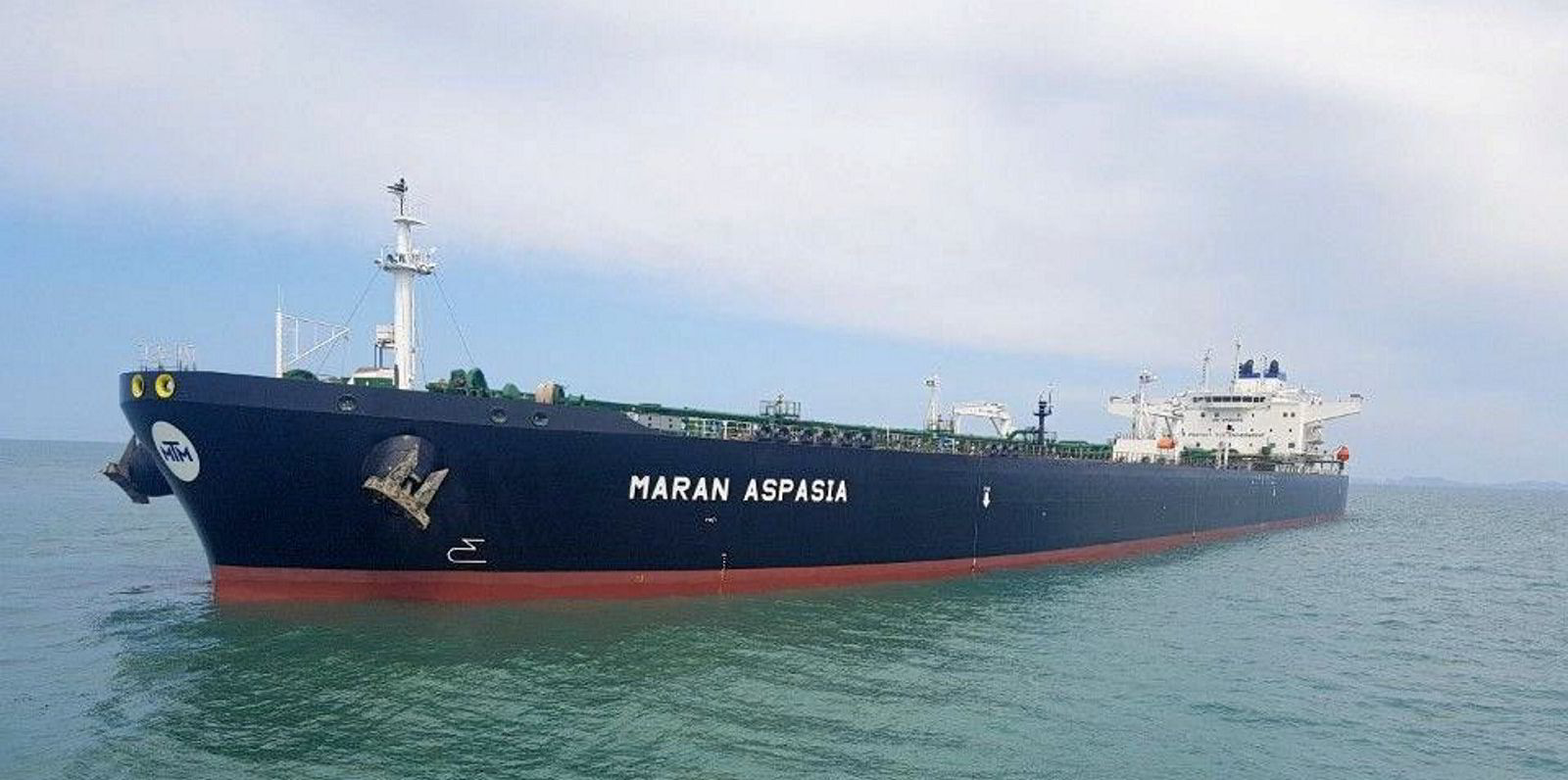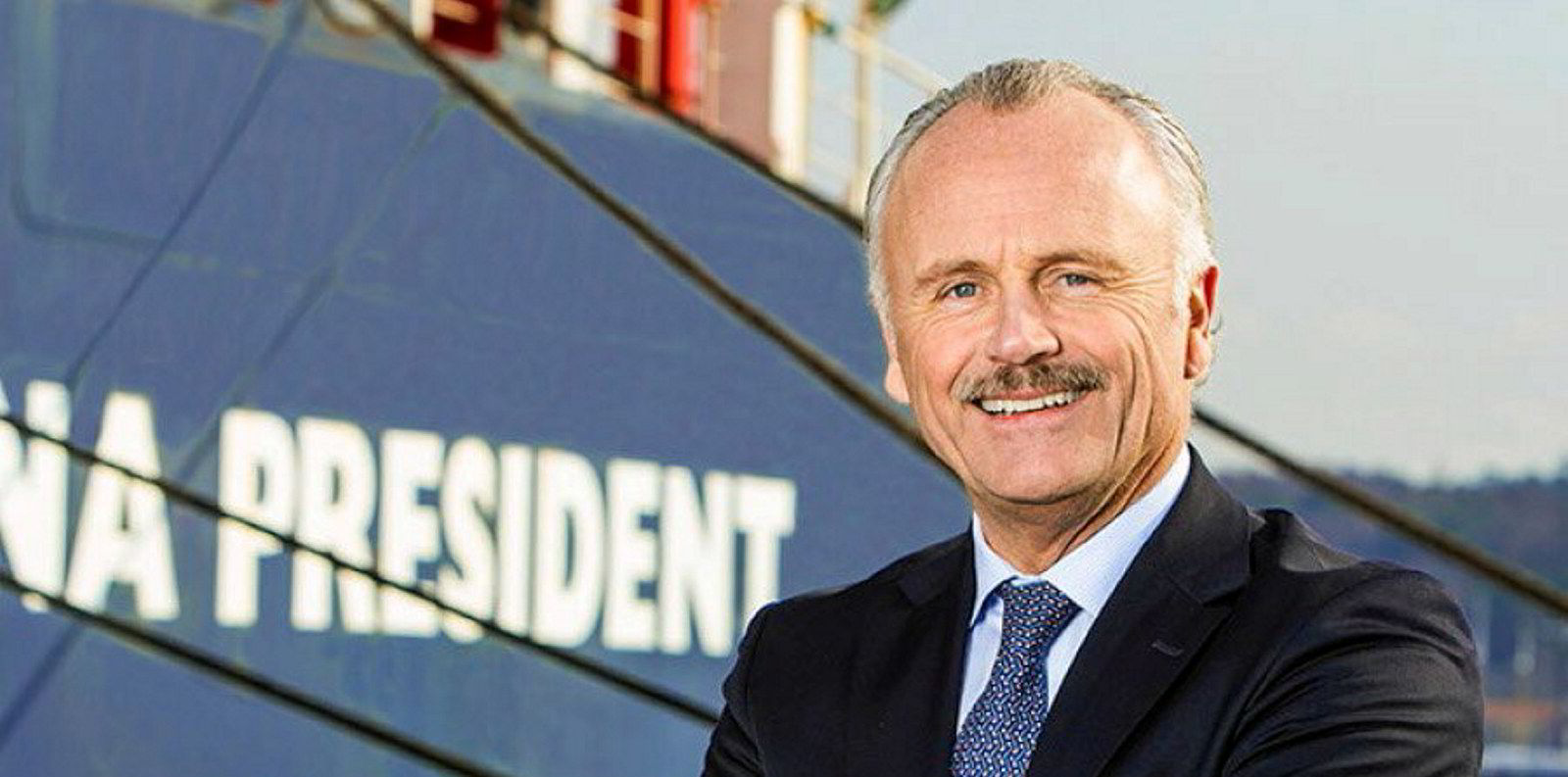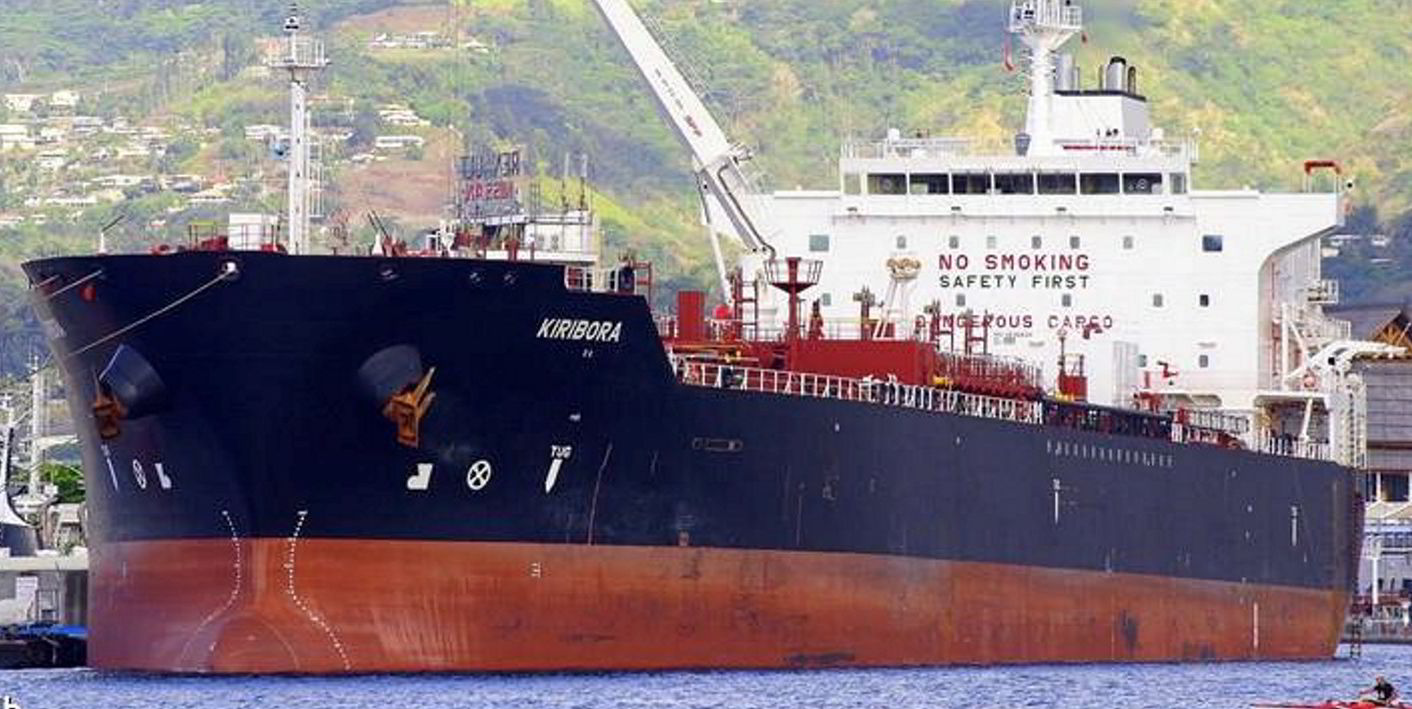The suezmax market rally will likely last well into this month despite lackluster trading in other tanker segments, according to a senior analyst.
Spot earnings in most tanker segments have struggled to stay above operating expenses as Saudi Arabia reduces crude output by 1m barrels per day (bpd) this month and next.
But average suezmax earnings rose by almost 80% last week to just over $10,000 per day, outperforming larger VLCCs.
“Though the tide is yet to turn for dirty tankers, this upswing will likely be more stubborn than prior ones and should encourage tanker owners,” Braemar ACM east of Suez tanker research head Anoop Singh said.
Filling supply gap
With lower exports from Saudi Arabia, Singh attributed the market strength to rising supply from other producers in the Middle East and West Africa.
“The suezmax demand increase in the Middle East mainly reflects a shift from VLCCs to suezmax stems,” Singh said in a note.
“With Saudi Arabia reducing crude allocation to many term-buyers, replacement crude parcels have been more suezmax-focused.”
Despite the Opec+ supply agreement, Iraq has reportedly continued to produce more crude than its quota allows.

“Iraqi exports are likely to be focused on West-bound crude to European refiners for whom Iraq cut oil prices by $1-per-barrel for February loading cargoes,” Singh said.
Meanwhile, many brokers have observed healthy demand for suezmaxes in West Africa in recent weeks.
The Baltic Exchange estimates suezmax earnings on the West Africa-northwest Europe route at $12,247 per day last Friday, compared with -$1,502 on 18 January.
“Rising suezmax spot demand [in] West Africa is a side effect of the Saudi production cuts too, because it has encouraged Asian refiners and traders to pull more crude East from the US and West Africa,” Singh said.
Momentum to continue
The robust suezmax demand has come at a time when vessel supply in the Atlantic Basin is limited.
“Fewer [suezmax] vessels have been moving West from Asia since August 2020 because weak freight rates have made a ballast voyages from East to West voyage unattractive,” Singh added.
He expects spot suezmax trade to remain strong until VLCC supply increases following a reduction in US crude exports.
“If the suezmax strength is to weaken, it will do so on the back of more VLCCs taking West Africa-East cargoes away from the suezmaxes,” Singh said.
“Once refiners there are past the peak turnarounds, typically in February, we expect US crude exports to fall. That means spot-fixing by mid-February for US cargoes to load by mid-March is likely to be less active and will probably spell the end of this suezmax rally.”
Weak oil demand plagues sentiment
Most analysts believe tanker markets overall will stay weak until at least the second half of this year, with the coronavirus pandemic pressuring oil demand.
Frode Morkedal and Omar Nokta from Clarksons Platou Securties said Opec+ supply will gradually increase in the coming months as oil demand recovers on mass vaccination programmes.
They expect seaborne crude tanker trade to increase by 4.8m bpd by the end of 2021 as market outlook brightens.
“We project tanker rates to rise throughout this year and in 2022 and 2023,” according to a note from the investment bank.
It estimates VLCC earnings will average $30,000 per day in 2021, $40,000 in 2022 and $55,000 in 2023.






